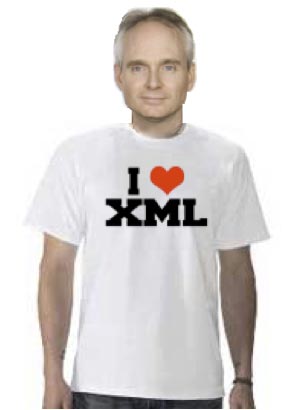Feeling CAD-fused or GIS-organized? (CAD to GIS)



Now, we’ve been doing CAD to/from GIS since the earliest days of Safe, closing in on 18 years now. But somehow in all the excitement over the years about Raster, 3D, BIM, and yes @DonAtSafe, also XML – it seems as if CAD and GIS kind of got a bit lost in the shuffle.
I was looking at FME usage stats the other day (thanks to those who opt in to tell us what you’re up to – it helps), and again noted that aside from GIS to/from GIS, CAD and GIS data exchange is by far the most popular use for FME.
CAD to GIS… GIS to CAD… or Both?
During our very well attended recent webinar on CAD and GIS data exchange, we asked: “What do you need to do most?” and gave three options:
- GIS to CAD = 10%
- CAD to GIS = 32%
- Both = 58%
So it’s clear that for the majority of viewers, the pain of CAD and GIS data exchange runs both ways. Over the years we often saw CAD as the source of data for GIS, but the numbers do tell us that there’s strong demand to go back the other way as well. Now why is that?
Halcrow’s recent blog post, GIS and CAD: Missing Links provides a great summary of some of the issues. Even after 18 years, there still is a large amount of data living in CAD files that wants to find its way into the GIS, and GIS data needing to go back the other way. Familiarity with toolsets, legacy systems, appropriateness of tools for particular jobs, popularity of different applications and formats: these all explain some of the reasons why.
Challenges with Exchanging Data from CAD to GIS
Perhaps in my next post I’ll talk about the challenges with exchanging data between GIS and CAD. But for now I’ll focus on the challenges relating to the more traditional use case of CAD to GIS.
There are many impedance mismatches between the worlds of CAD and GIS, but one that has cropped up over and over again is fundamental lack of explicit GIS / Database style attribution found in CAD files, and the need to make this explicit in the GIS. For example, often display properties in CAD files are used to represent attribution: a red line means a highway, a blue line means a logging road. So on import to the GIS, we’d look for lines that are red and put them in the highway table, and lines that are blue are put in the logging road table.
But that is the tip of the iceberg. We’ve seen complex AutoCAD layer naming conventions that literally encode attribute values into character positions in the name (as in the first 3 characters encode a material type, the next 2 the year of construction, etc, etc). CAD annotations are rife with value, typically associated only by proximity to the feature they are describing. But my favorite of all time was the use of the otherwise unused Z-bounds in a 2D Design file to encode a database link.
 How about you? What’s been your greatest CAD to GIS challenge? Leave a comment, or better yet, send your CADfused files my way for a bit of old fashioned GISorganization!
How about you? What’s been your greatest CAD to GIS challenge? Leave a comment, or better yet, send your CADfused files my way for a bit of old fashioned GISorganization!
It might not be as sexy as Don’s XML challenge, but if our usage stats are reliable, then I’m betting you’ve got stories to share. Oh, and if you do want to send in some CAD data that’s got you stumped, just use Don’s XML@safe.com email address and put “CAD2GIS” in the subject line (and imagine Don’s surprised look when he opens it up!).






